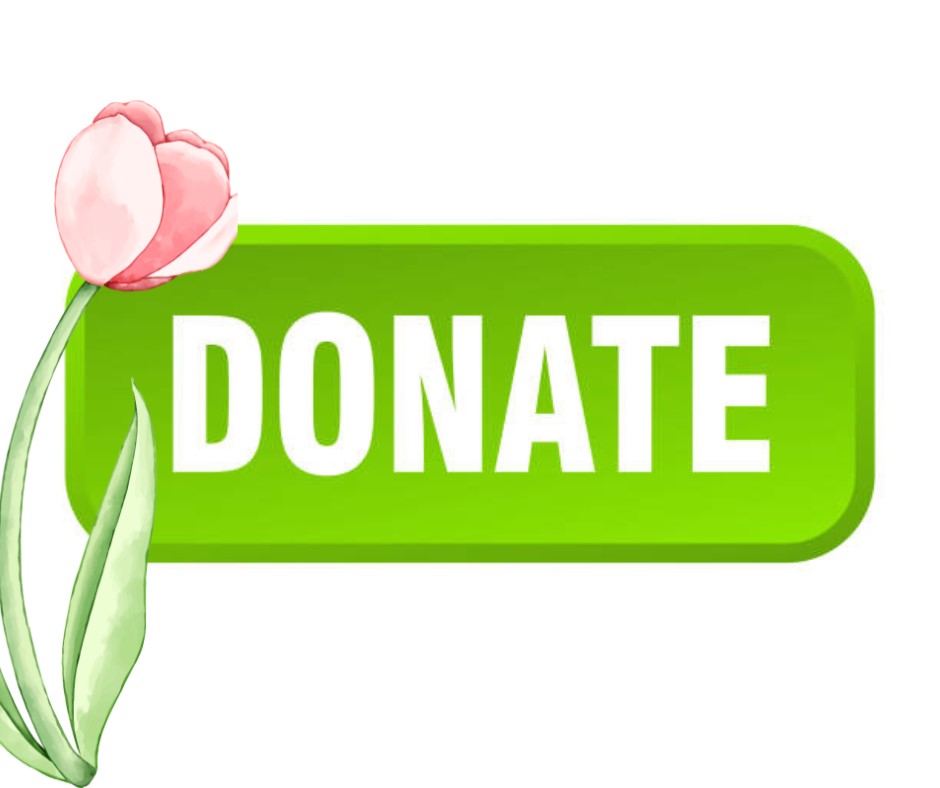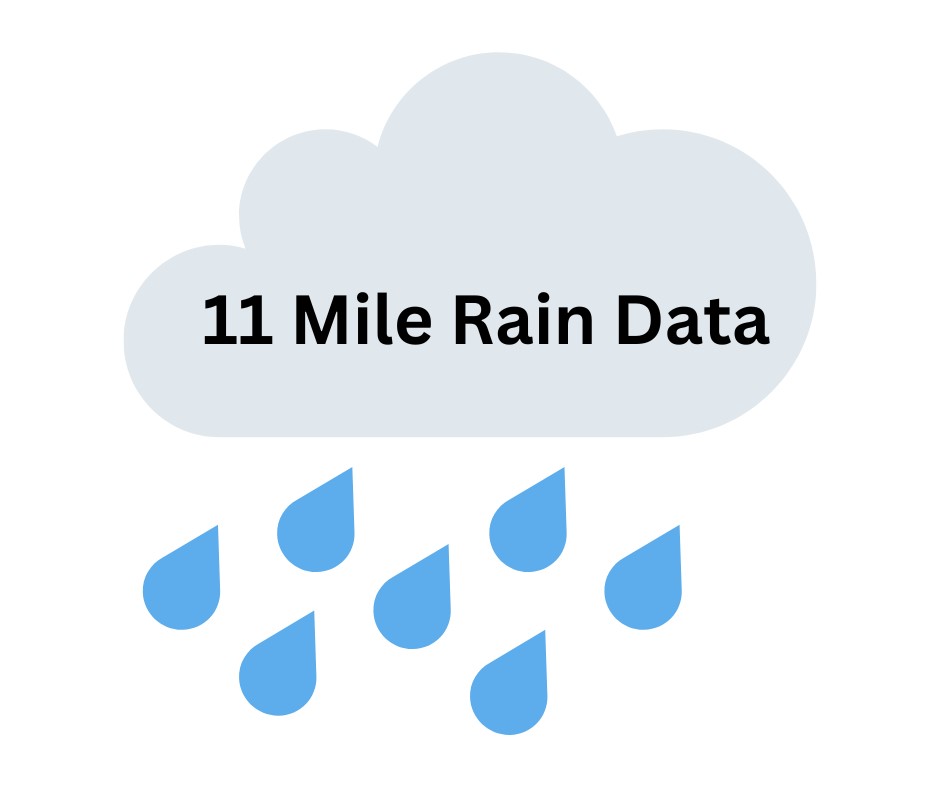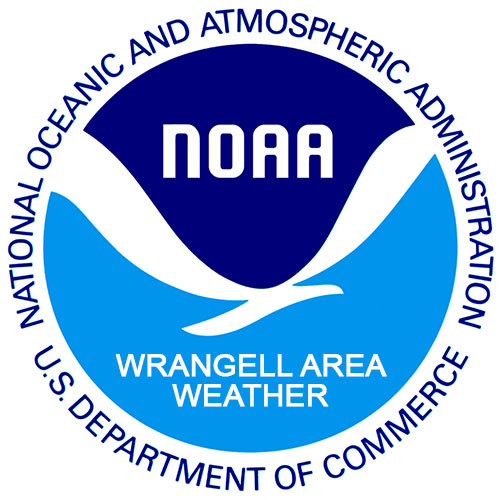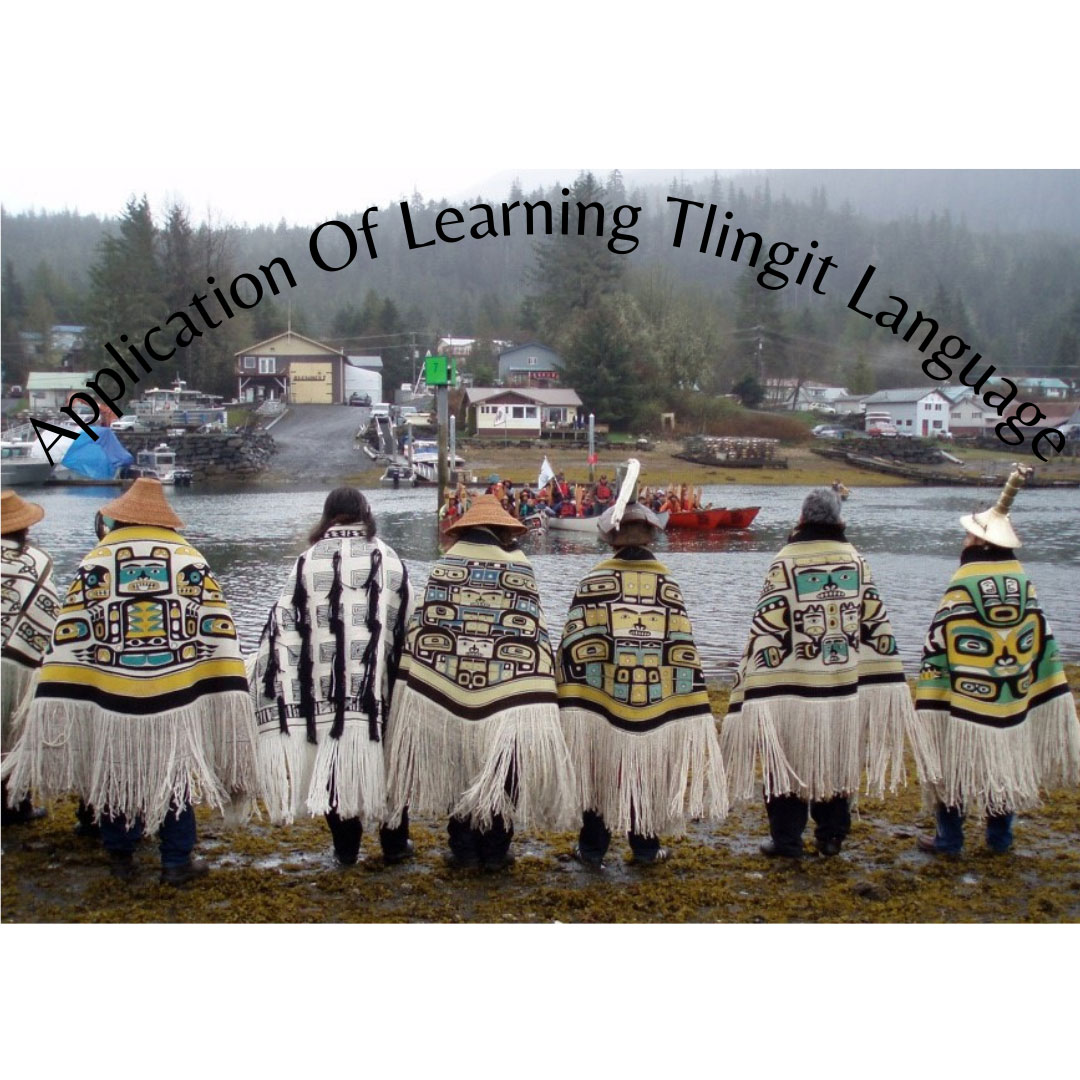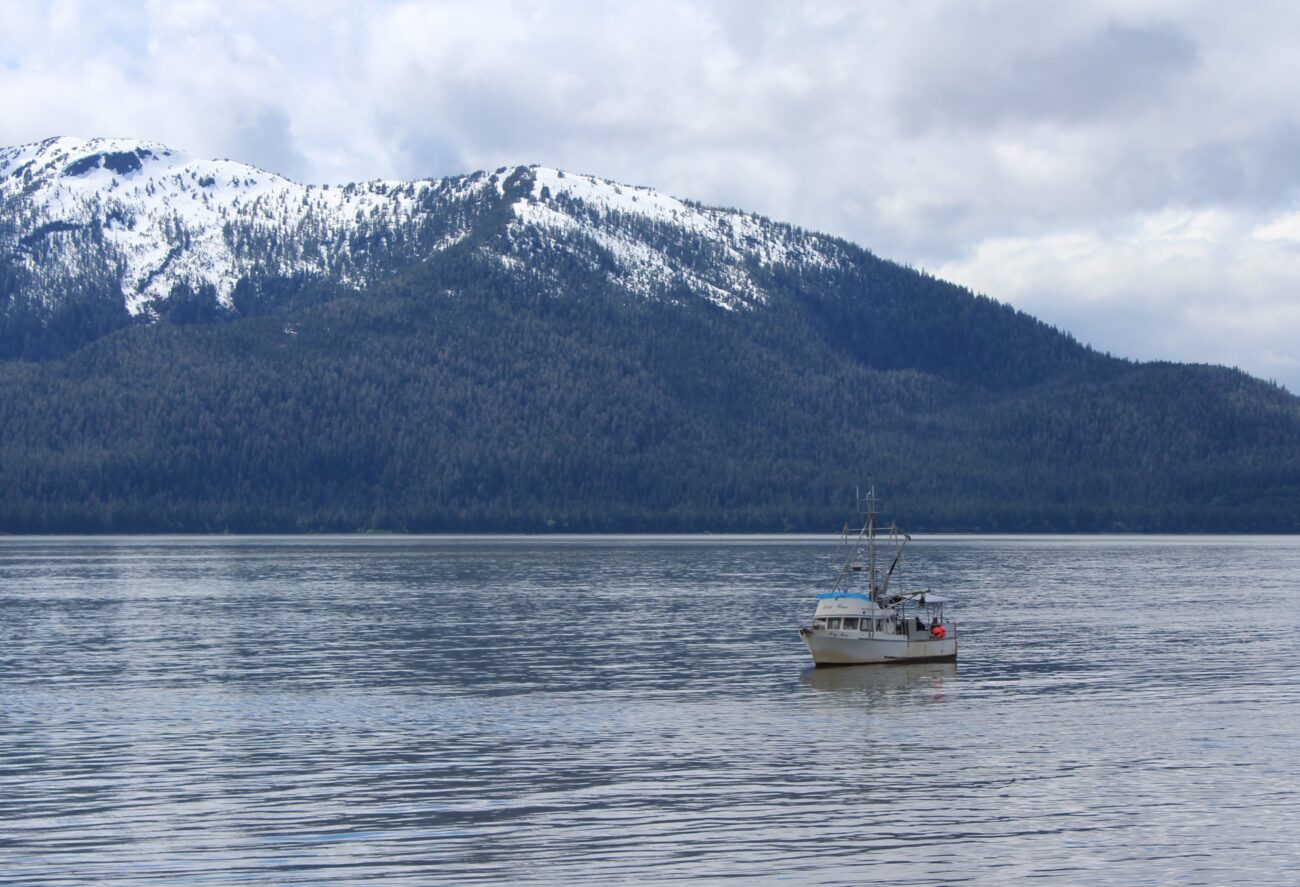
The Alaska Board of Fisheries will meet in Ketchikan to consider changes to Southeast Alaska’s fisheries on Jan 28 – Feb 9. Proposal 156 would reduce the hatchery egg production of pink and chum salmon by 25% in the region.
Proponents believe hatchery based salmon compete with and threaten wild salmon stocks in their aquatic environments. One study last year showed that stray hatchery pink salmon could affect wild stocks.
Wrangell’s Fish and Game Advisory Committee vehemently opposes the proposal, which has been introduced multiple times in previous years.
Wrangell Fish and Board Advisory Committee Chair Chris Guggenbickler said there’s not a lot of data to support how hatchery based salmon threatens wild salmon stocks.
“There is a lot of evidence that this would do serious economic harm in our community and other communities around Southeast,” Guggenbickler said. “I know for the gillnet fishery, about 70% of our value is on enhanced fish.”
He said many young commercial fishers wouldn’t be able to make some of their payments because of the decrease. Guggenbickler is also the board president of the nonprofit Southern Southeast Regional Aquaculture Association. It focuses on rehabilitating salmon production in Southern Southeast Alaska.
Committee says proposal would affect all salmon productions
He said even the organization wouldn’t be able to pay their bills if the proposal went into effect.
He also said reducing chum and pink production would affect the king and chum salmon programs that SSRAA supports.
“If we were to cut this production, we’d probably cut our king and coho production, which would affect everybody,” Guggenbickler said. “We just wouldn’t be able to financially support rearing those fish.”
Guggenbickler said that this proposal would destroy the efforts they put into creating the Southeastern Alaska Area Salmon Allocation Management Plan. That plan aims to minimize conflicts between user groups – gillnet, seine and troll fisheries.
‘Now we ain’t got nothing.’
He said that they’ve also worked to keep the hatcheries away from significant wild runs, like the Stikine River, to reduce the chances of their fish straying into those areas.
“If we cripple the hatchery programs, we’re going to be sitting here, in my opinion, in 10 years going, ‘Now we ain’t got nothing,'” Guggenbickler said.
The proposal comes from North Pole resident Virgil Umphenour. He’s submitted similar proposals over the years. He’s the owner of a fish processing facility in Fairbanks, Interior Alaska Fish Processors, that he started in 1985. He said he’s been heavily involved with a variety of significant fisheries management experiences. He’s a former member of the Board of Fisheries and was the Chairman of the Fish and Game Advisory Committee in Fairbanks. He also helped write Alaska’s Sustainable Salmon Policy.
Proponents say Southeast hatcheries affect other areas in state
He said he’s trying to figure out the reasons for declining wild salmon runs across the state. And he thinks salmon in Southeast could affect other areas.
“Now it’s actually statewide, with certain species like chinook and wild chum salmon and coho salmon,” Umphenour said. “All of them are in the toilet.”
He said it’s so bad that people can’t fish for Yukon River chum salmon anymore.
“They used to fish commercial, now they can’t fish subsistence,” Umphenour said. “They can’t even go catch a fish to feed to their children. That’s how bad it is.”
For the proposal, Umphenour said he relied on scientific research that shows how salmon hatcheries harm wild stocks.
“To say that there’s not proof is, you know, people are convicted of first degree murder with less evidence than what we have proving that they’re harmful to the wild stocks,” he said.
Even though the proposal has been a point of contention for many Southeast Alaska Fish and Board advisory committees, including the Juneau Assembly, Umphenour thinks it might pass this time.
He said the entire Fairbanks Fisheries and Advisory Committee supports it. He also said most people in the Arctic, Yukon and Kuskokwim region do too because they’ve been negatively impacted.
But if it doesn’t pass, Umphenour said he’ll reintroduce it to the Board of Fisheries again.


